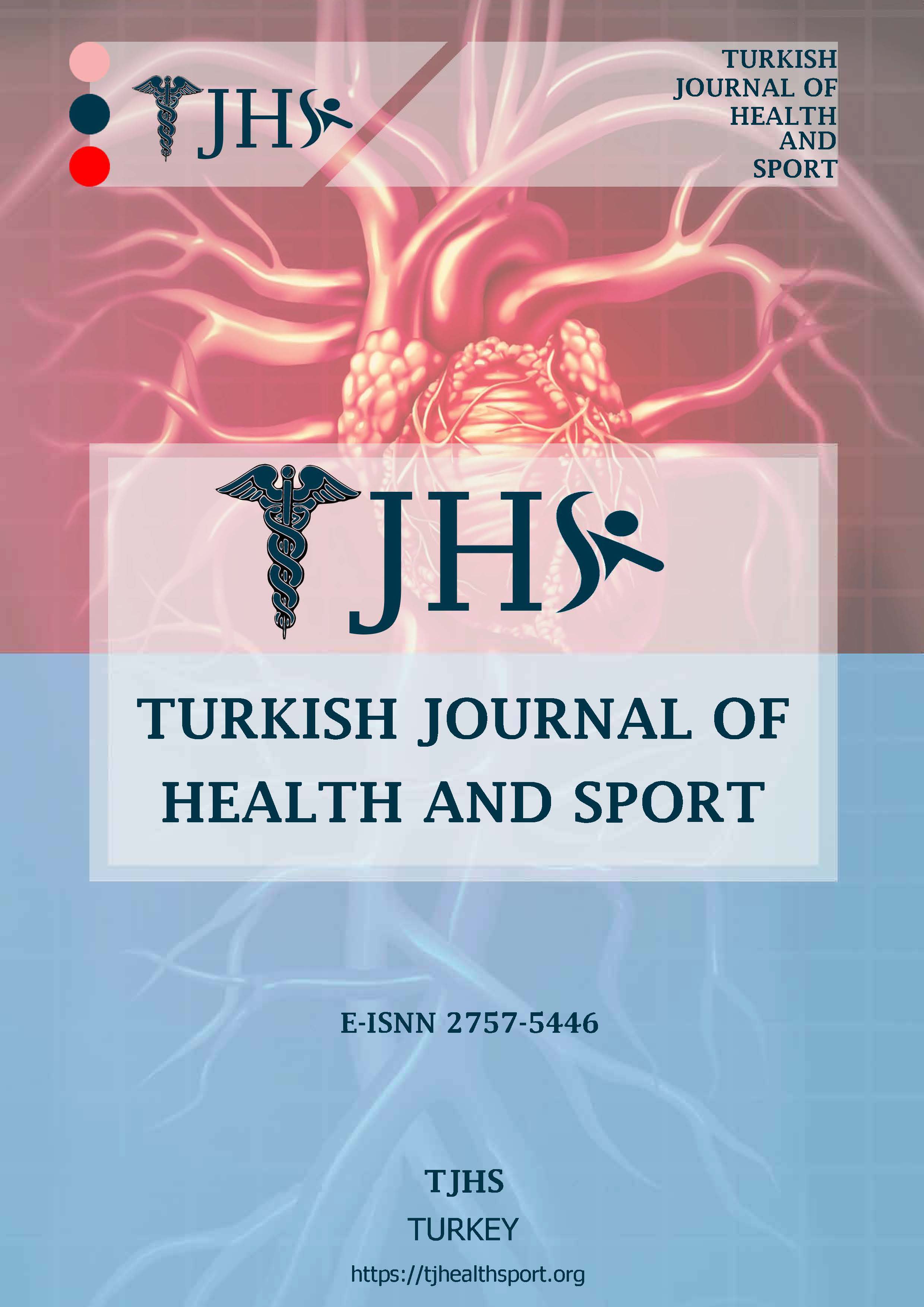Author :
Abstract
Giriş ve Amaç: Tinea kapitis, çocukluk çağına özgü bir dermatofit enfeksiyonudur ve her zaman sistemik tedavi gerektirir. Bu çalışmanın amacı, tinea kapitisli çocukların tedavisinde itrakonazol ve terbinafinin etkinliğini değerlendirmektir. Yöntem: Bu gözlemsel, kesitsel çalışma, klinik ve mikolojik olarak tinea kapitis tanısı alan ve 4 hafta boyunca günlük oral itrakonazol veya terbinafin verilen 61 çocuğu kapsamaktadır. Her tedavinin etkinliği, klinik skorlar ve mikolojik incelemelerle (mikroskopi ve kültür) 2, 4, 8 ve 12. haftalarda değerlendirilmiştir. Tedavi sonucu 12. haftada etkili veya etkisiz olarak derecelendirilmiştir. Terbinafin ve itrakonazol kollarında iki eşit gruba ayrılan toplam 50 hasta değerlendirmeye dahil edilmiştir. Tüm veriler SPSS programında T-testi, Ki-Kare testi ve tanımlayıcı istatistiksel yöntemler kullanılarak analiz edilmiştir. Bulgular: 50 hastanın (19 kız, 31 erkek) ortalama yaşı 7,08 ± 2,21 yıl ve ortalama ağırlığı 22,97 ± 3,58 kg idi. İtrakonazol kolunda 24 hasta (%48) ve terbinafin kolunda 26 hasta (%52) vardı. 12. haftanın sonunda, itrakonazol grubunda kür oranı %83,3 ve terbinafin grubunda %92,3 idi. Her iki ajan da istatistiksel olarak etkiliydi (P<0,001) ve iki grup arasında etkinlik bakımından istatiksel olarak anlamlı bir fark yoktu (P:0,202). Her iki grupta da tedaviyle ilişkili anlamlı bir yan etki gözlenmedi. Sonuç: Bu çalışma, itrakonazol ve terbinafinin tinea kapitisli hastalarda etkili ve güvenli alternatif seçenekler olduğunu desteklemektedir.
Keywords
Abstract
Abstract
Background and Purpose: Tinea capitis is a dermatophyte infection specific to childhood and always requires systemic treatment. This study aimed to evaluate the effectiveness of itraconazole and terbinafine in treating children with tinea capitis.
Methods: This observational, cross-sectional study involves 61 children diagnosed clinically and mycologically with tinea capitis and given daily oral itraconazole or terbinafine for 4 weeks. The efficacy of each treatment was assessed at weeks 2, 4, 8 and 12, with clinical scores and mycological investigations (microscopy and culture). The treatment outcome was graded as effective or ineffective at week 12. A total of 50 patients, allocated into two equal groups in terbinafine and itraconazole arms, were included in the evaluation. All data were analysed using a T-test, Chi-Square test and descriptive statistical methods in SPSS software.
Results: 50 patients (19 girls, 31 boys) had a mean age of 7.08 ± 2.21 years and a mean weight of 22.97 ± 3.58 kg. There were 24 patients (48%) in the itraconazole arm and 26 patients (52%) in the terbinafine arm. At the end of week 12, cure rate was 83.3% in the itraconazole group and 92.3% in the terbinafine group. Both agents were statistically effective (P<0.001) and there was no significant difference in efficacy between the two groups (P:0.202). No significant treatment-related side effects were observed in either group.
Conclusion: This study supports that itraconazole and terbinafine are effective and safe alternative options in the patients with tinea capitis.





